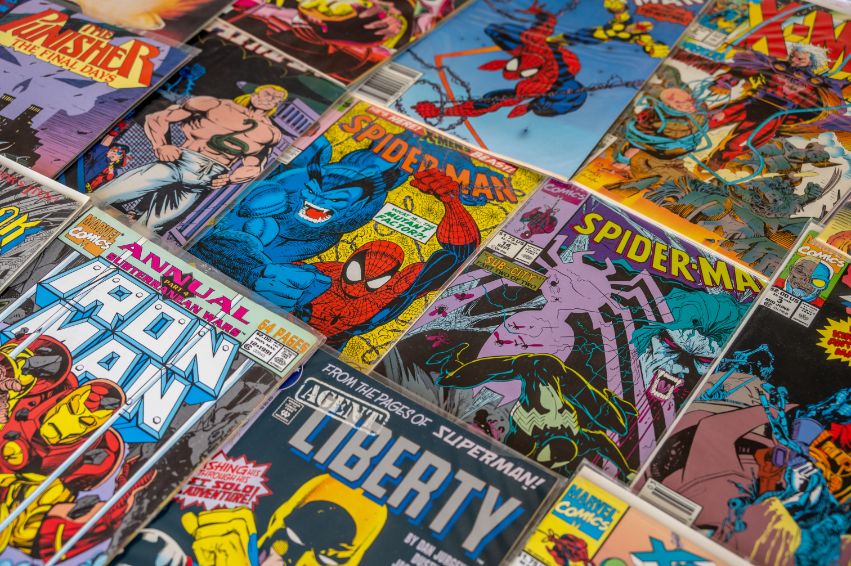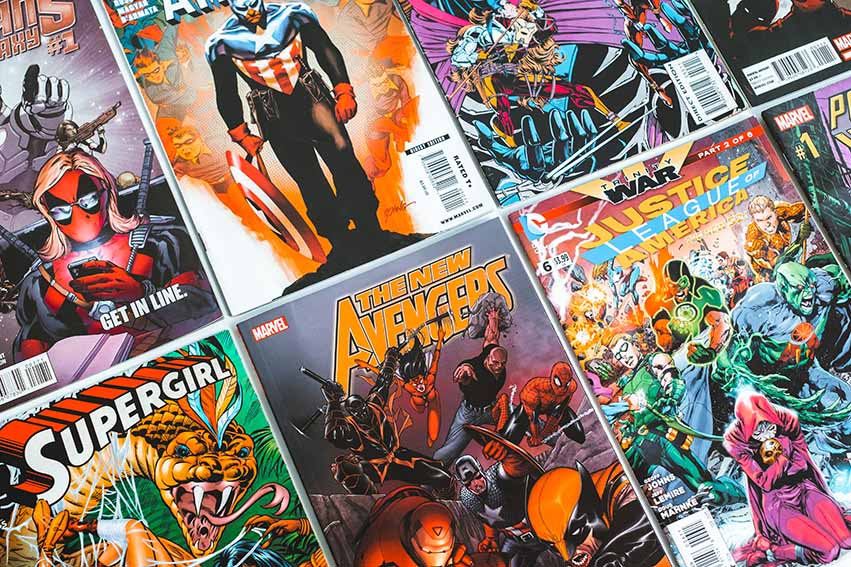The debate over the popularity of DC and Marvel Comics has been a hot topic among fans for decades. Both franchises have shaped the comic book industry and have evolved into cultural icons. But which reigns supreme in terms of popularity? This article delves into various aspects to compare the two giants of the comic book world.
Table of Contents
Brief History of DC and Marvel Comics
DC Comics: The Pioneer of Superheroes
DC Comics, originally known as Detective Comics, laid the foundation of the modern superhero genre in the 1930s. It was a time of great socio-economic challenges, and the world needed heroes. DC answered this call with the creation of Superman in 1938, a character who would become the archetype of superheroes. The success of Superman in “Action Comics” led to the introduction of Batman in 1939, a darker, more mysterious figure, in “Detective Comics”. These characters were not just comic book heroes; they became symbols of hope and justice during turbulent times.
Throughout the 1940s and 1950s, DC Comics expanded its universe with characters like Wonder Woman (1941), The Flash (1940), Green Lantern (1940), and Aquaman (1941). These characters formed the basis of what would later become the Justice League, a collective of superheroes working together, a concept that significantly influenced the genre.
In the 1960s, DC began to reinvent its characters to appeal to a new generation, introducing new versions of The Flash and Green Lantern and focusing more on character development and complex narratives.
Marvel Comics: Revolutionizing the Superhero Narrative
Marvel Comics, initially known as Timely Publications and later Atlas Comics, emerged as a significant player in the comic book industry in the 1960s. Under the leadership of figures like Stan Lee, Jack Kirby, and Steve Ditko, Marvel introduced a new type of superhero with the creation of the Fantastic Four in 1961. This marked the beginning of what would be known as the “Marvel Age” of comics.
Marvel’s approach differed from DC in that they placed their characters in a shared universe, a reflection of the real world with real-world cities like New York. They introduced complex characters with human flaws and personal issues, making them more relatable to readers. Iconic characters like Spider-Man (1962), the X-Men (1963), and the Avengers (1963) were not only superheroes but also characters with everyday struggles.
The 1960s and 1970s were a golden age for Marvel, with the introduction of other beloved characters like Iron Man (1963), Thor (1962), and the Hulk (1962). These characters often dealt with social issues, making Marvel’s comics not just entertaining but also a commentary on contemporary society.
Comparative Analysis
- Comic Book Sales and Market Share: While both have had their periods of dominance, recent years have seen Marvel often leading in market share, partly due to its expansive universe and regular releases.
- Movie and TV Adaptations: Marvel’s cinematic universe has undoubtedly seen immense success, while DC has had significant hits with films like “The Dark Knight” and “Wonder Woman”. The impact of these adaptations on their comic book popularity is undeniable.
- Fan Base and Cultural Impact: Both have massive, devoted fan bases globally. While Marvel often appeals for its more humanized characters, DC’s mythic heroes resonate deeply with many fans.
- Merchandising and Brand Extensions: From action figures to video games, both franchises have extensive merchandise lines, though Marvel often leads in sales, bolstered by its cinematic universe.
Critical Acclaim and Awards
Both DC and Marvel have received numerous awards for their groundbreaking storytelling and artistic achievements. DC’s “Watchmen” and Marvel’s “The Amazing Spider-Man” have both been recognized for their narrative depth and innovation.
Social Media Presence and Engagement
Marvel often showcases a larger social media following, possibly influenced by its active movie universe. However, DC’s engagement rates, especially around major releases, demonstrate a highly dedicated fan base.
Factors Influencing Popularity
Factors like relatability of characters, storytelling style, and innovation play a role. Marvel’s often more relatable characters appeal to a wide audience, while DC’s archetypal heroes attract those looking for grand narratives.
Fan Perspectives
Opinions among fans vary, with some preferring Marvel’s approach to character development and others admiring DC’s epic storytelling.
Conclusion
Determining which is more popular between DC and Marvel Comics depends on various factors, including comic book sales, cinematic success, and fan engagement. While current trends might show Marvel in the lead in certain areas, DC’s rich history and iconic characters ensure its continued prominence. Ultimately, the debate speaks to the significant impact both have had on the comic book industry and popular culture.



